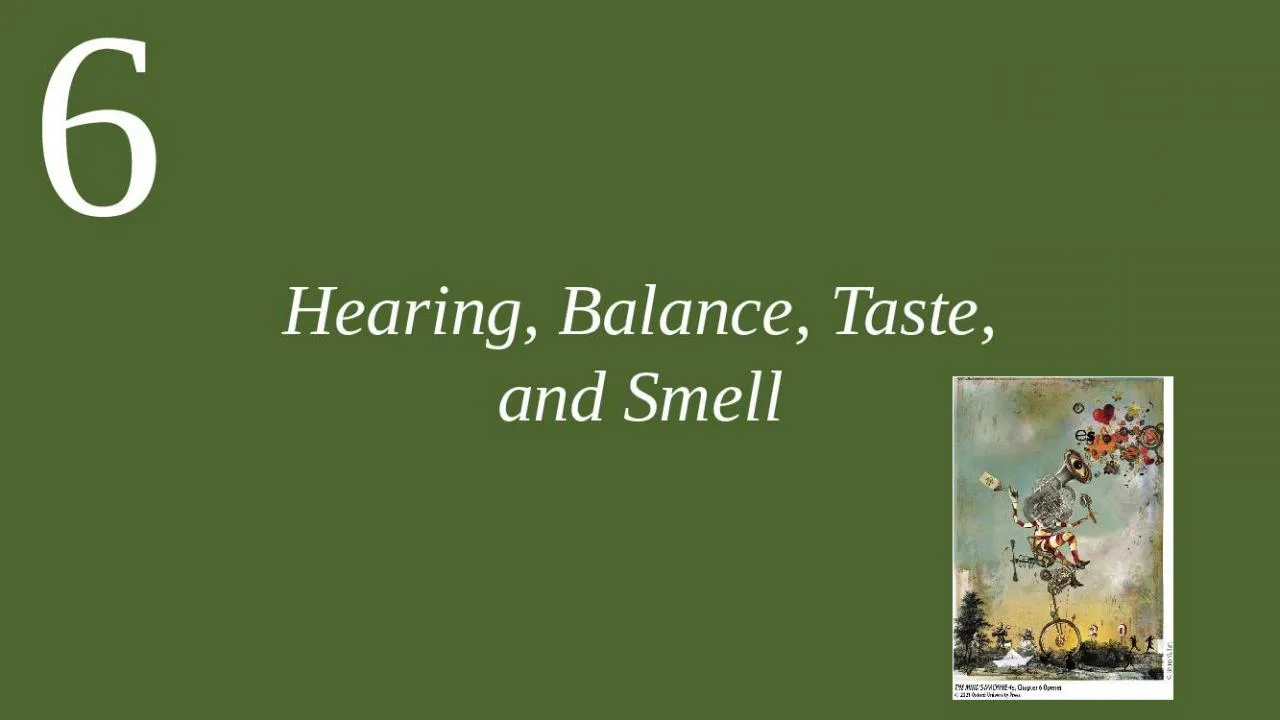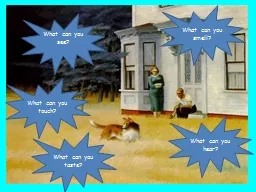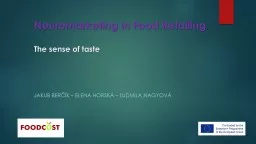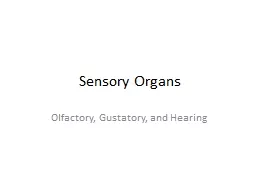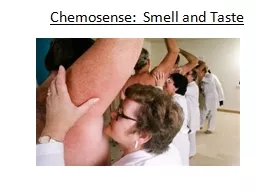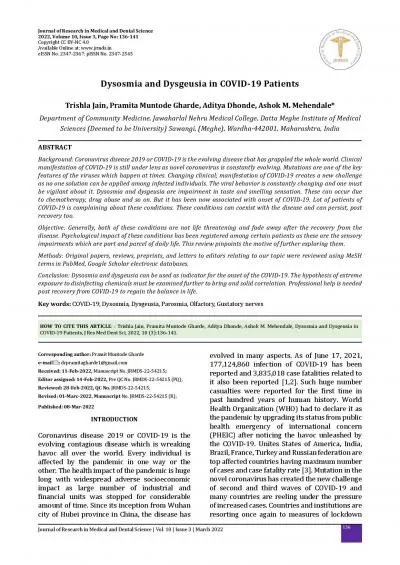PPT-Hearing, Balance, Taste, and Smell
Author : emery | Published Date : 2022-02-14
61 Hearing Pressure Waves in the Air Are Perceived as Sound The Road Ahead 611 Explain how the external ear and middle ear capture and concentrate sound energy
Presentation Embed Code
Download Presentation
Download Presentation The PPT/PDF document "Hearing, Balance, Taste, and Smell" is the property of its rightful owner. Permission is granted to download and print the materials on this website for personal, non-commercial use only, and to display it on your personal computer provided you do not modify the materials and that you retain all copyright notices contained in the materials. By downloading content from our website, you accept the terms of this agreement.
Hearing, Balance, Taste, and Smell: Transcript
61 Hearing Pressure Waves in the Air Are Perceived as Sound The Road Ahead 611 Explain how the external ear and middle ear capture and concentrate sound energy and convey it to the inner ear. we touched on balance and visual/auditory perception. . From what we learned in the last lecture, . it would seem proprioception plays some role in balance – . how big a role does proprioception play in this context?. What can you hear?. What can you touch?. What can you smell?. What can you taste?. LO: . To create a vivid 1950s American setting. By the end of the lesson you will have:. C. u. sed detail based on sense impressions (what can be seen. 2. Sensation & Perception. How do we construct our representations of the external world?. To represent the world, we must detect physical energy (a stimulus) from the environment and convert it into neural signals. This is a process called . Concordia College. shoffmann@concordia.sa.edu.au. Taste, Smell and the Other Senses. Summary of the Workshop. Goodie bag & Scorecards. Theory on Senses. Theory on Taste. Activities. Theory on Smell. . & Hearing. Chapter 7. Sensation and Perception. SENSATION: the psychological experience associated with sound, light, or other simple stimulus and the initial information-processing steps by which sense organs and neural pathways take in stimulus information from the environment. Imagery involves one or more of the five senses. . . What are the five senses?. Sight. Sound. Taste. Touch . Smell . Not Imagery. The sun went down. . Sight Imagery Example . As the sun became a . bright ball of orange. The sense of taste. Jana Rybanská - Ľudmila . Nagyová. Introduction. Research on gustatory system achieved enormous progress over the last decade. Taste, according to the International Organization for Standardization (ISO, 2008), is defined as the complex olfactory, gustatory, and nervous stimulus that is perceived during tasting of substances.. Senses. Sensory . Receptors - detect environmental. changes and trigger nerve impulses. - . Somatic . senses (touch, pressure, temp, pain). - . Special . senses (smell, taste, vision, equilibrium. , hearing. Chemoreceptors. Receptors for taste and smell. Respond to many of the same stimuli. Chemicals in solution. Receptors for Taste and Smell Compliment each other. Vagus nerve. Page 150 of notes. #1-3. Circumvallate Papillae. Growth of Population and Technology. Red & White Mouth-Feel Wheels. Red Wine Mouth-feel Wheel. Terminology for Communicating the Mouth-feel of Red Wine. Source: . Gawal. , R.; . Oberholster. , A.; and Francis, I.L. (2000). Smell-. -sensed by . chemoreceptors. in the . olfactory epithelium. (found at the TOP of nasal cavity). -smell . chemoreceptors. are unique nerve cells because they are constantly replaced. -. odorants. 136 ABSTRACT Corresponding author: Pramit Muntode Ghardee-mail: drpramitagharde1@gmail.comReceived: 11-Feb-2022, Manuscript No. JRMDS-22-54215; Editor assigned: 14-Feb-2022, Pre QC No. JRMDS-22-54215 The Taste and Smell ClinicWashington, DC, USAHenkin R. The hidden epidemic of smell loss (hyposmia) in the United Otolaryngol Open J1(1): e1-e2. doi: . This is an open access article distributed unde After eating Cheddar cheese or tomatoes, there may be a ‘savoury’ taste lingering - this is umami. . Have you tasted umami?. How was it discovered?. Umami was discovered by Dr . Kikunae. Ikeda, from Tokyo Imperial University, Japan, in 1908. .
Download Document
Here is the link to download the presentation.
"Hearing, Balance, Taste, and Smell"The content belongs to its owner. You may download and print it for personal use, without modification, and keep all copyright notices. By downloading, you agree to these terms.
Related Documents

